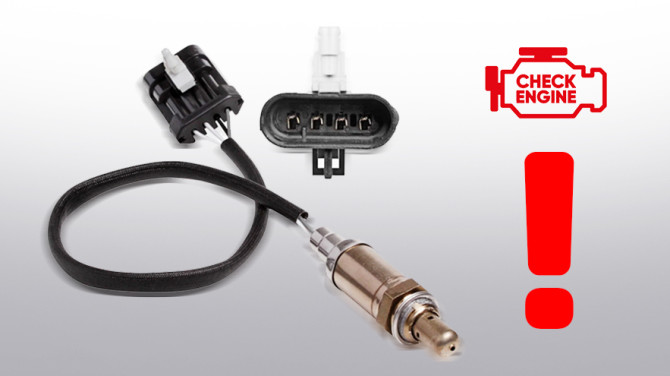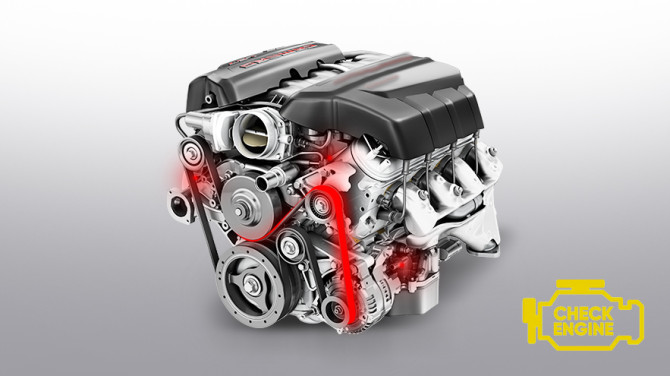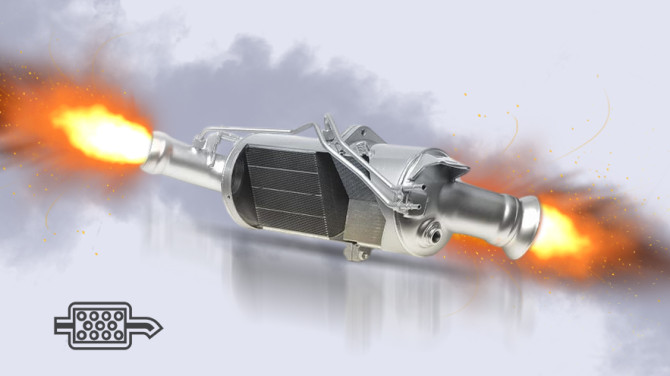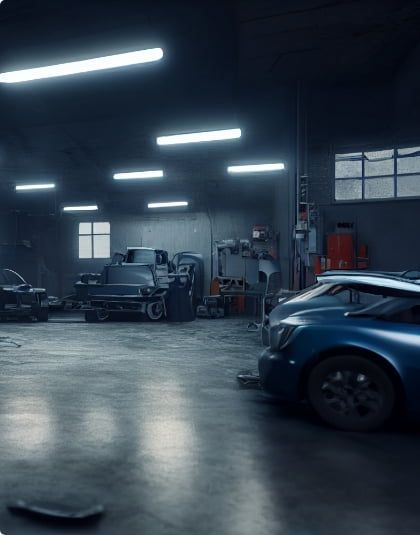Repair of the Peugeot iOn PreCharge unit: STS Electro case study
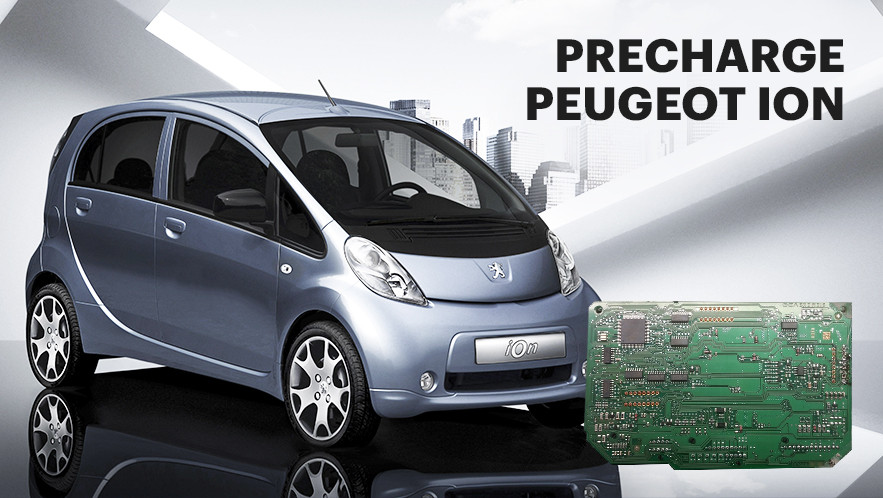
The owner of a Peugeot iOn electric vehicle with nearly 99,000 km on the odometer contacted our company's STS Electro division. The issue: the vehicle would no longer charge from the home charger. This is the only way to charge this model, as the Peugeot iOn is equipped with only a low-power AC port (up to 10A). It is not possible to connect this car to high-speed charging stations — charging is only possible from a 220 V household power supply.
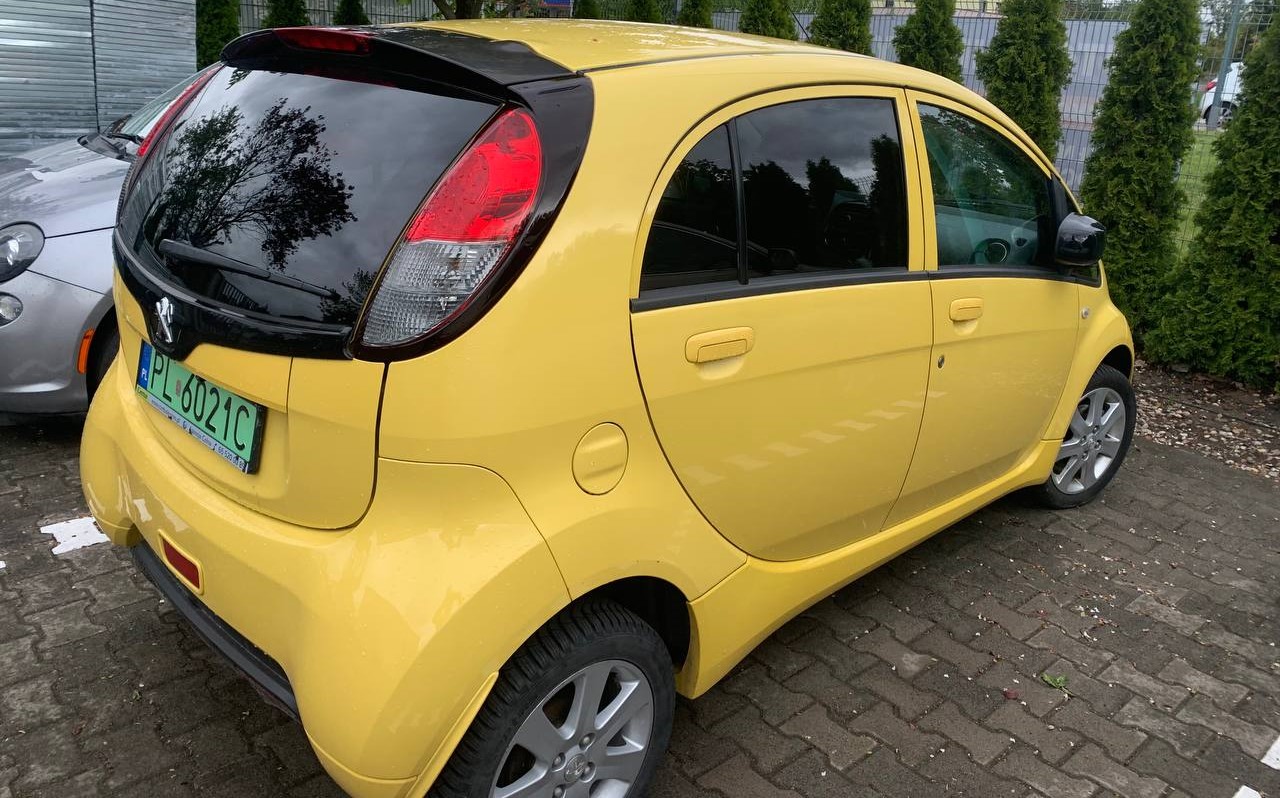
Quick diagnosis and clear version
After an initial check, our specialists suspected a malfunction in the PreCharge unit (pre-charging unit) — the component responsible for starting the charging process and protecting the power electronics from excessive starting current. Its role is to gradually connect the high-voltage battery to the car's electrical system through a resistor that smooths out voltage spikes.

Within 3 hours, we performed a complete diagnosis, dismantled the relevant unit and found the damage: the starting current resistor had failed, which prevented the charging from starting.
What really happened?
This resistor is a critical component in the charging circuit. It limits the starting current when the car is connected to the mains, protecting other components from overload. In our case, the component burned out, and a visual inspection confirmed this — there were visible signs of local overheating on the board. 

After analysis, it became clear that the problem was only partially related to wear or age of the car (moreover, its mileage was relatively low). The main reason was the customer's unstable household power supply. Due to frequent voltage fluctuations, the PreCharge unit constantly activated to protect the system when the voltage dropped, and when the voltage was restored, it tried to restart the charging process. As a result, the ceramic resistors operated under constant thermal stress, which led to their destruction and physical disintegration. 
To confirm our hypothesis, we found resistors with the same rating, temporarily soldered them to the circuit, and the system started working. This confirmed that the problem was indeed with this component. After that, we ordered new parts to perform a complete replacement “the right way” — reliably and durably. 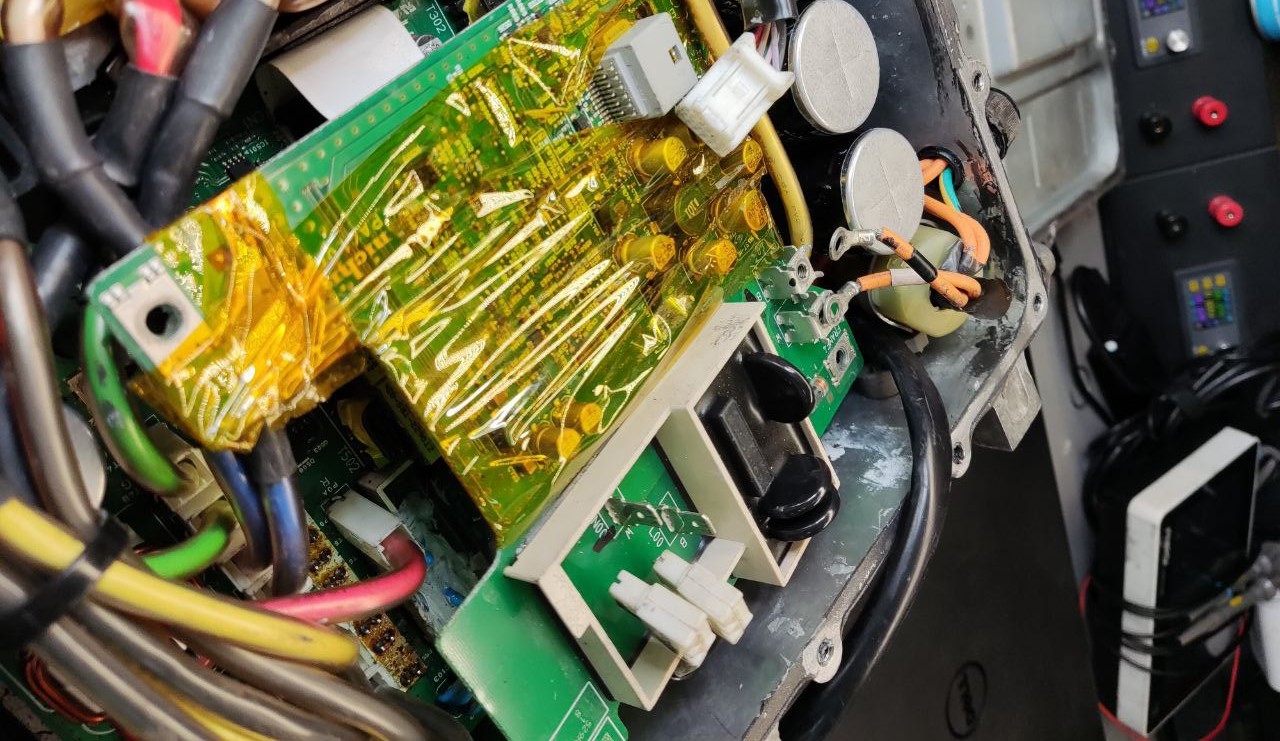
Causes of failure
As with many electric vehicles, the voltage level in the network directly affects the stability of charging. The owner of the Peugeot iOn, perhaps without realizing it, fell victim to poor contact in sockets or extension cords, as well as significant voltage fluctuations, which are common in old or overloaded household electrical networks. This is one of the key reasons why even fully functional electronic components can fail during prolonged use.
Result and recommendations
After replacing the damaged components, the car charges successfully again. Now the owner's task is to check the home network, eliminate potentially dangerous areas, and ensure a stable power supply for the safe operation of the car in the future. Otherwise, the problem may recur even with new parts.
Why STS Electro
STS Electro (Warsaw) is a division of STS specializing in the diagnosis and repair of electronic systems in all types of cars, especially electric vehicles. Our technical experts solve the most difficult cases — even those that other service centers consider beyond repair.
We combine:
- High-precision diagnostics
- Access to rare spare parts
- Our own technical laboratory
- Experience working with all generations of electric vehicles
